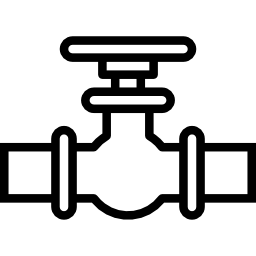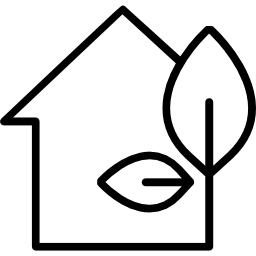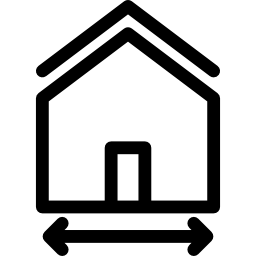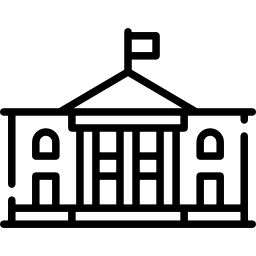Facilities Management Committee
BIM is an important and noteworthy tool that helps in reducing the environmental damage a building may cause after its construction and during its lifecycle, such as waste reduction in energy and resources, along with overall value addition. It gives the design and maintenance team the ability to carry out a life-cycle assessment and predictive maintenance that allows both the design and construction teams to collaboratively evaluate the behaviour of a structure as a single entity and/or in relation to its environment throughout its existence until demolition.
Most individuals or organisations spend a large amount of their investment on maintaining their property. BIM tools can be used to test a building’s performance before it is constructed to analyse how it will function when constructed. This process helps the client save resources such as time and capital. From a designer’s point of view, it helps save time in terms of lean efficiency gains.
The important benefits comprise:
·
A better understanding of current needs and options through
rapid space and energy assessment
· Improved communication of requirements and project options/intent
· Reduced expenses and time in project developments
· Superior conveyance of as-built information
· Easier contribution of new facility/asset information into cost analysing Facility Management systems
· Reduced maintenance and other running expenses
· More precise and prior expense estimation
· Waste reduction








